Turkish Angora Cat
Turkish Angora Cat
America’s Graceful and Playful Feline
1. Introduction to the Breed
The Turkish Angora, securing the #33 spot among the top cat breeds owned by Americans in 2024, is a graceful and playful feline renowned for its long, silky coat and elegant demeanor. Known for their lively personality and striking appearance, Turkish Angoras are ideal for owners seeking a spirited, affectionate companion. Their flowing fur and agile nature make them perfect for dynamic households, from urban apartments to suburban homes, where their charm and energy bring beauty and excitement.
2. History of the Breed
Originating in Turkey, particularly around Ankara, Turkish Angoras are an ancient breed, prized for centuries as symbols of luxury in Ottoman courts. Exported to Europe in the 17th century, they influenced the development of other longhaired breeds like Persians. Nearly extinct by the 20th century, they were preserved through breeding programs in Turkey and later in the U.S. Recognized by the Cat Fanciers’ Association (CFA) in 1973, Turkish Angoras gained popularity for their elegance in cat shows and as family pets, their rich history adding to their allure.
3. Physical Characteristics
- Typical Size and Weight: Turkish Angoras are medium-sized, standing 8–10 inches tall at the shoulder and weighing 5–10 pounds (males) or 5–8 pounds (females), with a slender, graceful build.
- Coat and Color: Their semi-long, silky coat is fine and flowing, in colors like white (most iconic), tabby, solid, or bicolor. The coat sheds moderately and requires regular grooming.
- Distinctive Features: Turkish Angoras have a wedge-shaped head, large, almond-shaped eyes (often blue, green, or odd-eyed), and large, pointed ears. Their long legs, plumed tail, and sleek body enhance their elegant, ballet-like appearance.
4. Personality Traits
Turkish Angoras are playful, affectionate, and intelligent, with a lively personality that makes them exceptional companions. They form strong bonds with owners, enjoying interactive play with children or familiar pets, though their high prey drive may lead to chasing smaller animals. Their vocal nature, with soft meows or chirps, reflects their need for attention. Turkish Angoras are agile and curious, suiting active owners who can provide ample stimulation to prevent boredom-driven behaviors like scratching or excessive exploration.
5. Care Requirements
- Exercise Needs: Turkish Angoras need 30–45 minutes of daily play, including chasing toys, climbing cat trees, or interactive games like laser pointers. Mental stimulation through puzzle toys or window perches keeps their sharp minds engaged.
- Grooming Needs: Their silky coat requires brushing 2–3 times per week to prevent matting and hairballs. Regular ear cleaning, nail trimming, and dental care maintain health, as they’re prone to dental issues.
- Dietary Considerations: A high-protein diet supports their lean build and high energy. Portion control prevents obesity, and foods with omega fatty acids enhance coat health. Fresh water is essential for their active lifestyle.
6. Health and Lifespan
Turkish Angoras have an average lifespan of 12–18 years. Common health issues include hypertrophic cardiomyopathy (HCM), deafness (especially in white, blue-eyed cats), dental disease, and ataxia (a neurological condition). Regular vet checkups, heart and hearing screenings, and a healthy lifestyle mitigate risks. Owners should monitor for hearing issues, dental discomfort, or uncoordinated movements and ensure a balanced diet to support overall health. Genetic testing from breeders reduces hereditary concerns, particularly for HCM and deafness.
7. Training and Socialization
Turkish Angoras are highly intelligent and trainable, excelling at tricks like “fetch” or “jump” with positive reinforcement using treats or play. Their playful nature makes training engaging, though their energy requires consistent boundaries. Early socialization ensures comfort with strangers, children, and other pets, reducing wariness or chasing instincts. Teaching behaviors like using a scratching post or litter box habits is straightforward due to their quick learning. Interactive play or training prevents boredom-related mischief like excessive climbing.
8. Ideal Home Environment
Turkish Angoras thrive in active homes with secure indoor spaces, ideal for urban apartments or suburban settings where they can play and explore. They suit families or individuals who enjoy interactive play or training. Cat trees, window perches, and open spaces satisfy their agile, curious nature. Owners should provide a stimulating environment with toys and scratching posts to channel their energy and prevent destructive behaviors, ensuring a nurturing setting for their affectionate nature.
9. What’s the Best Toy for My Turkish Angora?
Turkish Angoras enjoy toys that suit their playful, agile nature and high energy. Sturdy feather wands encourage leaping and pouncing, providing 15–20 minutes of interactive play to satisfy their strong hunting instincts. Small, durable balls for batting or chasing tap into their energetic spirit, ideal for 15–20 minute sessions in a secure space. Soft plush toys for wrestling mimic prey, perfect for 10–15 minute play bursts, with supervision to prevent tearing. Interactive puzzle toys with treat compartments challenge their intelligence, keeping them occupied indoors for 15–20 minutes. Avoid small, easily swallowed toys to prevent choking. Rotate toys regularly and pair with laser or chasing games for engagement.
10. Adoption and Breeder Tips
Choose breeders affiliated with the CFA or Turkish Angora breed clubs, ensuring health clearances for heart (HCM), hearing, and dental conditions. Visit the breeder to assess kitten health, meet parents for temperament and eye/ear insights, and confirm ethical practices, including socialization and clean facilities. Rescues like Turkish Angora-specific organizations offer adoptable cats, often with known histories. Avoid unregulated breeders or pet stores, as Turkish Angoras are prone to health issues if poorly bred. Ask about genetic testing, socialization, and grooming needs to ensure a healthy, well-adjusted cat.
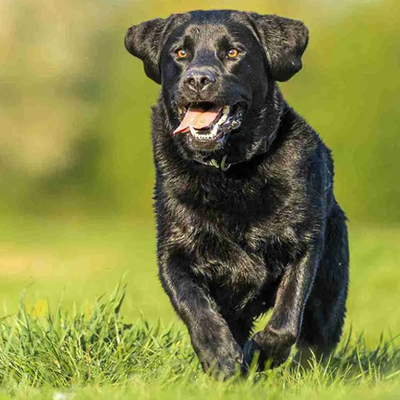
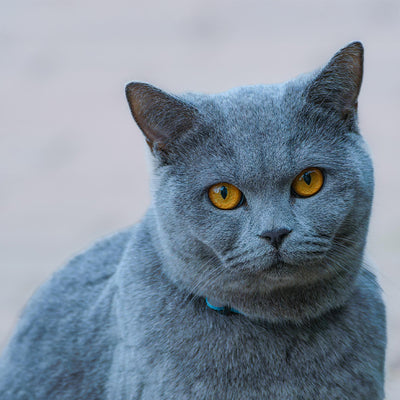

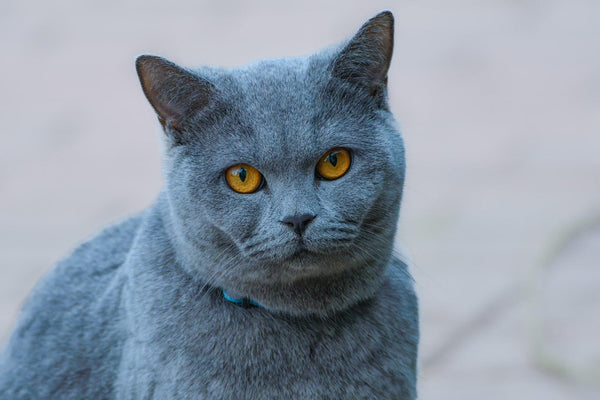
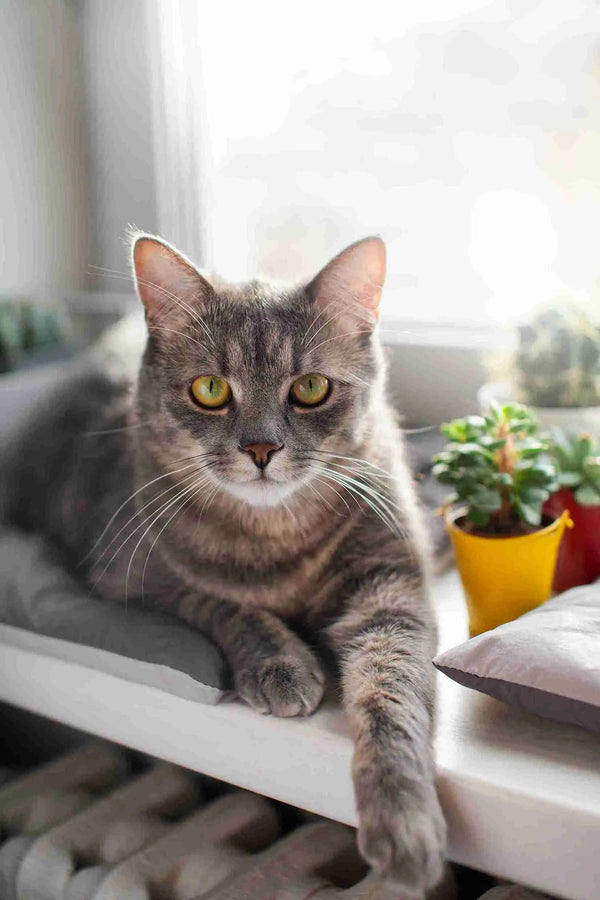
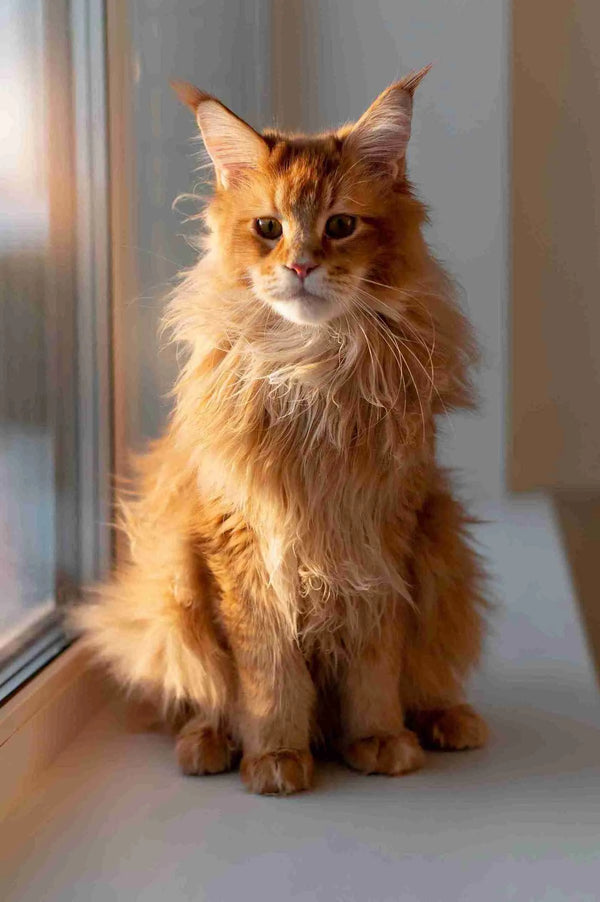
0 comments